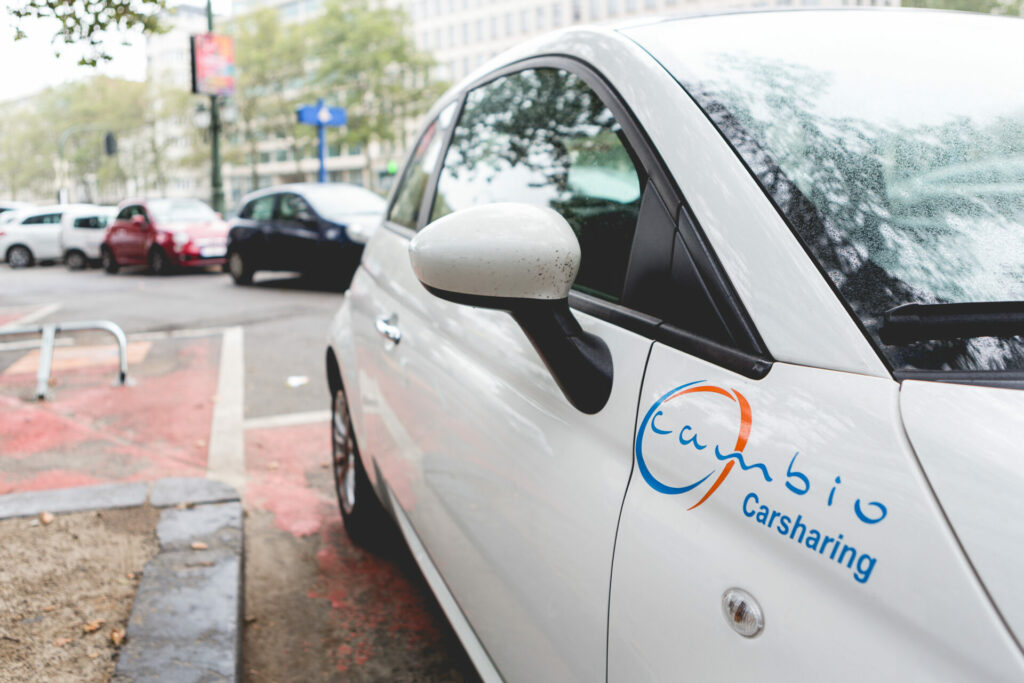Car-sharing company Cambio experienced record growth last year with user numbers rising to 9,000 in 2022 from 6,000 in 2021.
Cambio CarSharing was created in 2000 as a merger of several car-sharing companies in cities in Germany and Belgium. Headquartered in Bremen, Germany, the company is also a member of Bundesverband CarSharing, an industry association of car-sharing organisations in Germany.
In both countries, Cambio now controls a fleet of 2,100 vehicles (300 more than in 2021) and has a total of 63,000 members. Last year, the number of reservations for vehicles increased by 16%.
The company estimates that there were 31,620 fewer vehicles on Belgian roads last year thanks to their car-sharing system, based on the calculation that one Cambio car can replace up to 15 private ones.
Making sense
“It’s even better than in 2021, which was already a record year,” says Frédéric Van Malleghem, director of Cambio Brussels. The executive says that their success can be attributed to “the energy crisis” as well as a “disruption of supply chains and the net increase in the cost of cars.” Car sharing is seen as an obvious solution during economic crises, he said.
Last year’s record results bode well for “excellent prospects for the years 2023 and 2024,” Van Malleghem told Belga News Agency. “We expect a growth of 15%, all regions combined.”
Despite record results, the company has experienced significant challenges in recent years. These include the electrification of a large part of its fleet, as well as the digitisation and development of new solutions.
Related News
- Belgian socialist union strikes 'historic' deal with Uber
- E-Scooters are here to stay – for better or worse
The shared car system, first launched in Belgium in May 2002, makes shared vehicles available 24 hours a day, whether for individuals, organisations or companies. Vehicles are available in fixed pick-up locations, dotted across Brussels and other cities.
Users pay according to journey duration and distance; they can drive the vehicles without worrying about insurance, taxation, or vehicle maintenance. At the end of the journey, the user simply returns the vehicle to where they picked it up.

